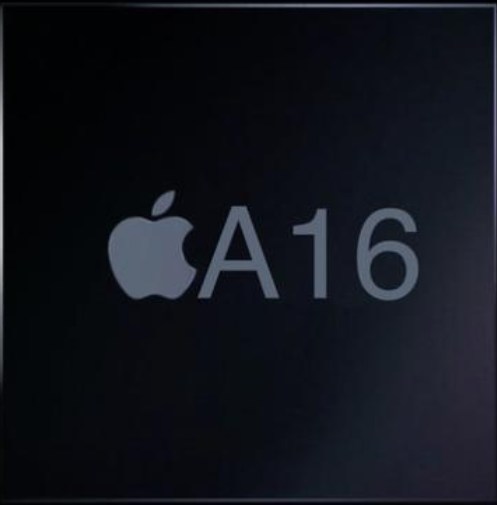Apple A16 Bionic vs Samsung Exynos 1280
We have compiled a detailed comparison of the recently introduced
A16 Bionic chip vs Exynos 1280
SoCs, designed by
Apple and Samsung respectively. Our comparison outlines the benefits and
limitations of these
6-core and 8-core
processors, focusing on
their performance across
Geekbench, Antutu, and
3DMark benchmarks, and
technical aspects.
Review
General comparison of performance, power consumption,
and other
indicators
CPU Performance
Evaluation of Single-Core and
Multi-Core Processor Performance
Gaming Performance
Gaming and OpenCL/Vulkan
Performance of the Graphics Processing Unit (GPU)
Battery life
Energy Efficiency in Battery Usage
Tech Insist Score
Overall Performance Rating of the
Chip
Key Differences
Main differences and advantages of each chip
Pros of A16 Bionic chip
Benchmarks
Evaluating performance through competitive testing in
leading benchmarks.
AnTuTu 10
The AnTuTu Benchmark evaluates CPU, GPU, RAM, and I/O
capabilities across various scenarios.
CPU
247110
121972
GPU
408357
104889
Memory
162944
77341
UX
146541
106223
Total score
964952
410425
GeekBench 6
The GeekBench test shows raw single-threaded and
multithreaded CPU
performance
3DMark
A cross-platform benchmark that assesses graphics
performance in Vulkan
(Metal)
3DMark Wild Life Performance
Stability
79%
99%
Graphics test
59 FPS
13 FPS
Score
9862
2262
Specifications
Full list of technical specifications of A16 Bionic chip and Dimensity
9300
Architecture
2x 3.46 GHz – Everest
2x 2.4 GHz – Cortex-A78
Cores
6
8
Base Frequency
2020MHz
2000MHz
Turbo Frequency
3460MHz
2400MHz
Instruction set
ARMv9-A
ARMv8.3-A
L2 cache
256 KB
-
L2 cache
16 MB
-
L3 cache
-
-
Process
4 nanometers
5 nanometers
Transistor count
16 billion
-
TDP (Sustained Power Limit)
8 W
-
GPU name
Apple A16 GPU
Mali-G68 MP4
Architecture
Apple GPU
Valhall 2
GPU frequency
1398 MHz
1000 MHz
Pipelines
6
4
Shading units
768
48
Total shaders
1536
96
FLOPS
-
-
Vulkan version
-
1.1
OpenCL version
-
2.
DirectX version
-
12
Neural processor (NPU)
Neural Engine
Yes
Memory type
LPDDR5
LPDDR4X
Memory frequency
6400 MHz
2133 MHz
Bus
-
-
Max bandwidth
51.2 Gbit/s
-
Max size
8 GB
8 GB
Storage type
NVMe
UFS 2.2
Max display resolution
2796 x 1290
2960 x 1440
Max camera resolution
1x 48MP
1x 108MP
Video capture
4K at 60FPS
4K at 30FPS
Video playback
4K at 60FPS
4K at 30FPS
Video codecs
H.264, H.265, VP8, VP9, Motion JPEG
H.264, H.265, VP8, VP9
Audio codecs
AAC, AIFF, CAF, MP3, MP4, WAV, AC-3, E-AC-3, AAX, AAX+
AAC, AIFF, CAF, MP3, MP4, WAV
Modem
-
-
4G support
LTE Cat. 24
LTE Cat. 18
5G support
Yes
Yes
Download speed 5G
Up to 7500 Mbps
Up to 2550 Mbps
Download speed 4G
-
Up to 1200 Mbps
Upload speed 5G
Up to 3500 Mbps
Up to 1280 Mbps
Upload speed 4G
-
Up to 200 Mbps
Wi-Fi
6
5
Bluetooth
5.3
5.2
Navigation
GPS, GLONASS, Beidou, Galileo, QZSS
GPS, GLONASS, Beidou, Galileo

